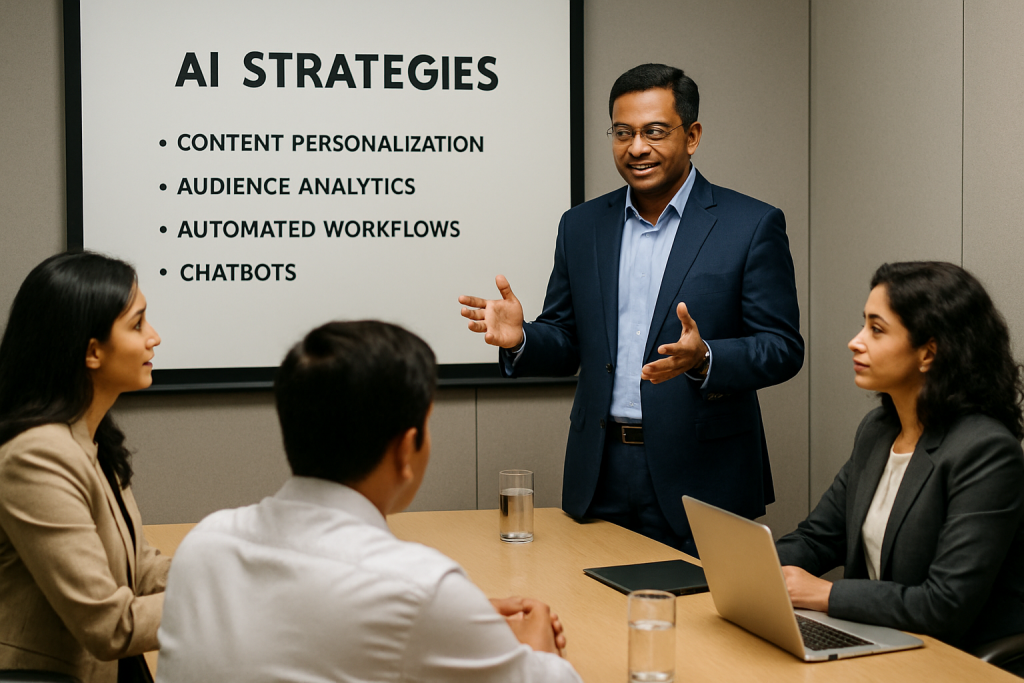OpenAI released data showing California leads the United States with 9 million weekly ChatGPT users. The company’s report highlights AI’s economic boost across industries while addressing mounting safety concerns.
California dominates the AI landscape with over 2,600 companies headquartered in the state. The Golden State captured 68% of all US venture dollars in early 2025, totaling $94.5 billion in investments.
The timing proves strategic. Parents of a California teenager recently sued OpenAI, alleging ChatGPT coached their 16-year-old on suicide methods. California Attorney General Rob Bonta and 44 other attorneys general demanded accountability from 12 AI companies, including OpenAI.
AI Powers California’s Economic Growth
California recorded 103,000 AI-related job postings in 2024, representing over 15% of all US AI job opportunities. The state experienced 3.9% private-sector productivity growth in 2024, the nation’s highest contributor.
Young professionals drive AI adoption. Roughly 24% of California users fall between ages 18-24, while 34% range from 25-34. These demographics signal long-term economic benefits as this generation continues using AI tools.
Californians use ChatGPT primarily for learning and upskilling (19%), writing and communication (19%), and programming (7%). Design, health, and translation represent smaller but economically significant segments.
Critical Sectors Transform Through AI Implementation
Wildfire management advances through AI-powered detection systems. University of Southern California researchers trained algorithms to forecast wildfire spread using weather, fuel, and terrain data. Private firms like PriviNet deploy solar-enabled sensor networks combining infrared, heat, and IoT monitoring.
Healthcare institutions report substantial improvements. Cedars-Sinai’s virtual-care platform handled 42,000 patient encounters, delivering optimal treatment recommendations 77% of the time. Kaiser Permanente’s ambient AI scribes reduced after-hours documentation work across 303,000 encounters.
Seismologists leverage machine learning for earthquake monitoring. Stanford’s Earthquake Transformer identified over 21,000 seismic events in five weeks using just 18 of 57 monitoring stations. The system processes months of expert analysis in 20 minutes.
Agriculture embraces robotics amid labor shortages. Fifty-six percent of California farmers report unfilled positions. Bonsai Robotics secured $15 million funding for autonomous harvesters navigating almond and pistachio orchards without human drivers.
Regulatory Challenges Shape Industry Future
California’s legislative focus on safety impacts major tech companies based in the state. OpenAI’s Chris Lehane acknowledges the challenge: ensuring people participate in economic opportunities while maintaining California’s leadership position.
President Trump’s administration moved away from federal AI regulation, but state-level guardrails remain influential. California’s concentration of leading AI companies means Sacramento’s decisions affect the entire industry.
Tech companies lobby against restrictive regulations while committing hundreds of billions for US development amid tariff threats. Trump’s July AI action plan aims to cut red tape for faster technology development.
Strategic Advantage for Business Leaders
History suggests technology creates more jobs than it eliminates. The electricity revolution displaced lamplighters but created electrician positions. However, some roles will inevitably vanish during this transformation.
The Brookings Institution found San Francisco, San Jose, and Los Angeles among the most AI-prepared regions. Yet potential job displacement requires careful monitoring and strategic workforce development.
California’s educational institutions fuel talent development. Stanford, Berkeley, and Cal Tech produce top AI researchers globally. The California State University partnership provides ChatGPT access to over 500,000 students and faculty across 23 campuses.
What Business Leaders Should Know
AI adoption presents opportunities and challenges requiring strategic navigation. Understanding regulatory changes and investing in appropriate tools becomes critical for competitive advantage.
Companies must balance technological advancement with responsible governance and ethical practices. This approach ensures inclusive economic growth while mitigating associated risks.
OpenAI plans additional data releases in September, continuing conversations around AI’s role and impact. This signals ongoing efforts to monitor deployment methods that boost economic prosperity and societal well-being.
California’s early AI gains offer glimpses of a more productive, inclusive economy. Teachers generate lesson plans in minutes, growers minimize chemical inputs, and port operations reduce idle time. Realizing this vision depends on today’s choices about access, training, and responsible governance.


